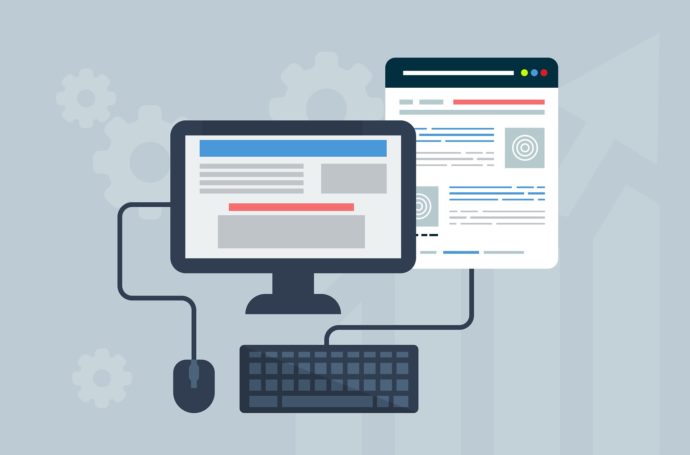Table of Contents
If you’re running a WordPress website, you need to be aware of the accessibility compliance issues. While WordPress is generally accessible, some areas need to be addressed to ensure full compliance. In this blog post, we will discuss the most common issues regarding accessibility for those with disabilities and how to address them. We’ll also provide tips for making your website more accessible for everyone, like using accessiBe WordPress.
What is accessibility compliance, and why is it important?
Accessibility compliance refers to the legal requirements that businesses must adhere to to make their websites accessible for people with disabilities. These requirements are set forth by the Americans with Disabilities Act (ADA) and are enforced by the Department of Justice (DOJ).
There are many reasons why accessibility compliance is important. First and foremost, it is the right thing to do. People with disabilities should have equal access to information and services online, just like everyone else. Additionally, complying with the ADA can help you avoid expensive lawsuits. In recent years, there has been a surge in accessibility-related lawsuits against businesses, resulting in large settlements. Finally, making your website accessible can help you reach a larger audience. People with disabilities are one of the fastest-growing segments of the population and they have considerable spending power.
What are the most common WordPress accessibility issues?
One of the most common accessibility issues with WordPress websites is that they are not fully optimized for screen readers. This can be a major problem for the blind or have low vision, as they may not be able to access the content on your website. There are a few ways you can address this issue:
-
Ensure that all your content is available in an accessible format, such as plain text or HTML.
-
Install a plugin that will help optimize your website for screen readers.
-
Use clear and concise language in all your content.
Another common accessibility issue is that some WordPress themes are not fully responsive. This can be a problem for mobile devices or have difficulty using a mouse. There are a few ways you can address this issue:
-
Install a plugin that will help make your website more responsive.
-
Choose a fully responsive WordPress theme.
-
Use clear and concise language in all your content.
Finally, some WordPress plugins can cause accessibility issues. This is usually because they are not properly coded. There are a few ways you can address this issue:
-
Install a plugin that will help check for accessibility issues.
-
Choose plugins that have been specifically designed for accessibility.
-
Use clear and concise language in all your content.
Other FAQs about WordPress accessibility
Q: Do I need to worry about accessibility if my website is not WordPress?
A: No, you do not need to worry about accessibility if your website is not WordPress. However, it is still a good idea to make your website as accessible as possible.
Q: What happens if I don’t comply with the ADA?
A: If you don’t comply with the ADA, you may be subject to a lawsuit. Additionally, you may be required to pay damages and attorneys’ fees.



